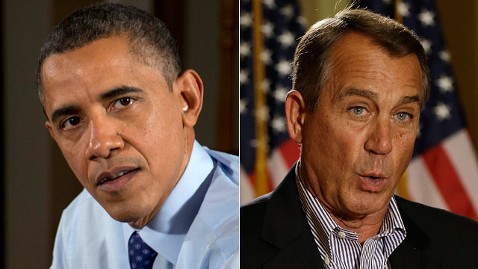Acer Iconia W510. The Intel 'Clover Trail' CPU out benchmarks most of the ARM competition, said Anandtech. But the site noted a bug that had delayed the release of some tablets.
(Credit:
Acer)
A fresh review of a
Windows 8 Acer
tablet by chip site Anandtech shows it beating ARM-based devices pretty consistently on central processor unit performance benchmarks but not on graphics. The site also noted a "bug" that has delayed the release of some Intel-based tablets.
"The [Intel] Atom architecture is still faster than every single ARM based [processor] core on the market today with the exception of the Cortex A15," -- ARM's newest chip design -- wrote Anandtech today when it posted a review of the Acer W510 today.
Intel's Atom z2760 "Clover Trail" system-on-a-chip is just starting to appear in products like HP's Envy x2 and Samsung's Ativ 500T -- both are tablets that can run the full version of Windows 8 and can convert into a laptop via a keyboard dock.
Those systems compete with tablets that run the RT version of Windows 8 on top of ARM processors from Nvidia.
"It doesn't really matter where you turn, the CPU side of Clover Trail is clearly ahead of anything we've seen thus far in the Windows RT camp...clearly better than Surface," Anandtech said.
It's not all good news, though. Clover Trail's graphics processing unit (GPU) is out-classed by most of the competition, including the
iPad.
"Compared to what's shipping in the latest iPads however, Clover Trail is horribly under-specced...based on what I've seen thus far it looks like the GPU here is a bit slower than what you get in a [Nvidia] Tegra 3," Anandtech said.
And a lot slower than the GPU in the iPad 3 and 4 and even less powerful than the iPad Mini's GPU.
Battery life is good, however, and able to keep up with an RT device.
And like Microsoft Surface and other Windows RT tablets, desktop mode is nothing to write home about. "[User interface] performance can be sluggish in desktop mode," Anandtech said, referring to the Windows 8 mode that resembles the traditional Windows 7 desktop.
And about that "bug" that has delayed shipment of some Intel-based Windows 8 tablets?
"Contrary to popular belief, driver problems aren't what kept the first Atom Windows 8 tablets out of the market at launch. A bug (not related to power management) caught several months ago caused schedules to slip by about a month and a half."
Anandtech continues: "Depending on whose design the OEM followed (Intel's or their own), the implementation of the fix could come quickly or would take a bit longer."
Shipments of tablets such as Lenovo's ThinkPad Tablet 2 and Dell's Latitude 10 have been delayed until January.
An Intel representative acknowledged delays with the Clover Trail chip when contacted today by CNET but did not specify a reason for them.

iPad 4 (front) and iPad Mini: The Intel Clover Trail-based Acer W510 doesn't fare well against the iPad in the graphic chips department.
(Credit:
Brooke Crothers)














